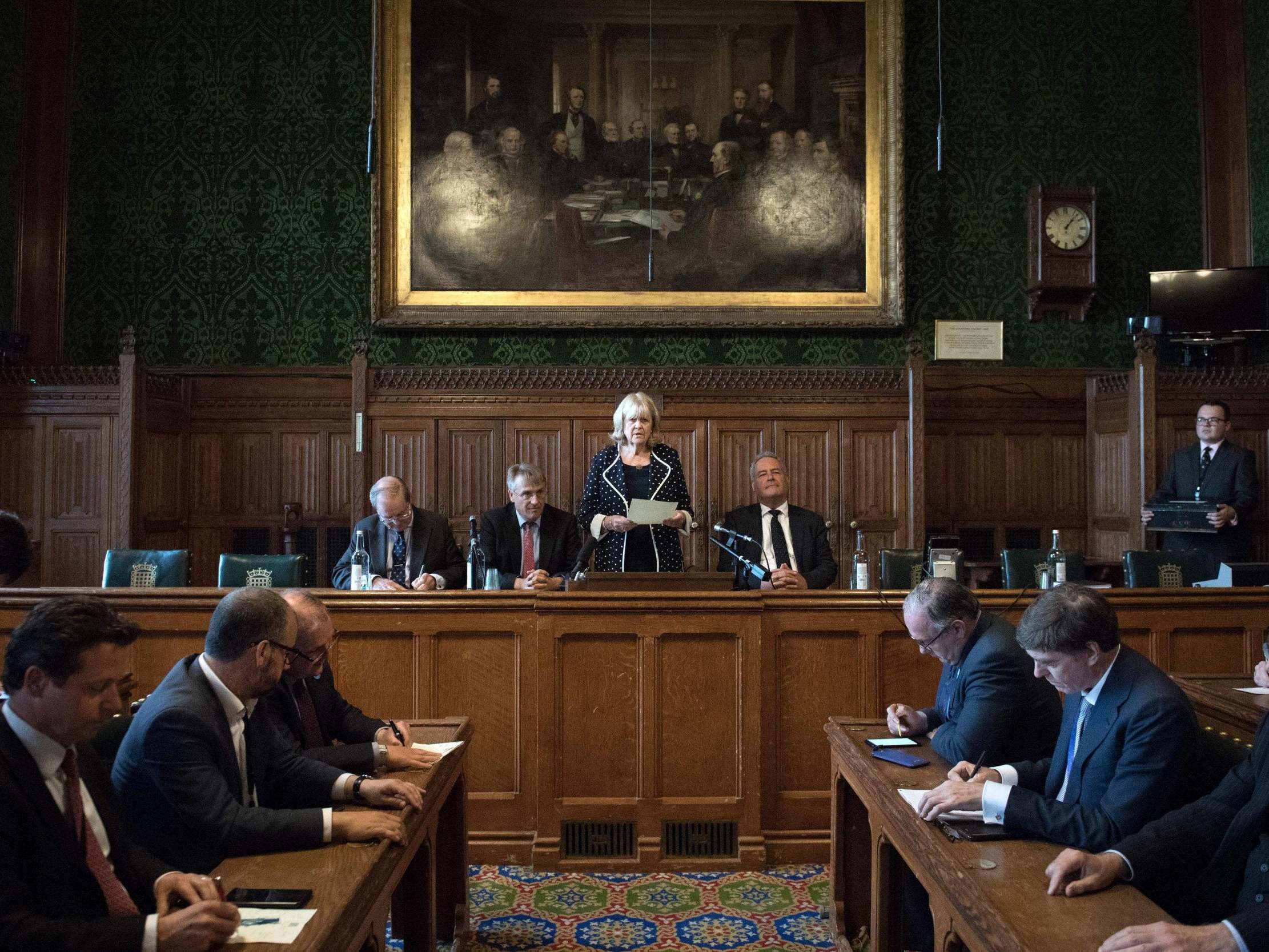What happens in the run-off between the final Tory candidates?
Politics Explained: It will be a gruelling month for the final two, with CCHQ expected to arrange 16 hustings events in every region and nation of UK

In 2005, a fresh-faced 39-year-old David Cameron emerged victorious as the results of the Conservatives’ leadership contest were read out by the chairman of the 1922 Committee Sir Michael Spicer at the Royal Academy of Arts.
He fended off competition to become the new Tory leader from David Davis by more than two to one – attracting 134,446 votes to 64,398 in a postal vote of party members across the UK.
In the coming month – more than two decades on – some 160,000 members of the party will have another chance to cast a ballot and pass on the Tory crown. This time, however, they will be electing not only the next Conservative leader, but Britain’s next prime minister.
The process has evolved somewhat in recent decades – before the Sixties leaders of the party “emerged” after a discussion between MPs, rather than an election.
Post-1965, internal party democracy received a boost as MPs were asked to participate in the election of a new leader, before party members were eventually enfranchised in 1998.
Mr Cameron was the last person to be elected under this system. At the 2016 leadership contest, Andrea Leadsom dramatically dropped out of the final two, making Theresa May party leader without the need of a ballot of Tory members.
The month-long process involving the party members will kick off by Thursday at the latest when MPs whittle down the candidates to a final two.
The Conservative Party HQ – or CCHQ – will also take control of the administration of the process from this moment. Up until the now, the 1922 Committee of Tory MPs have been running the show in Westminster.
It will be a gruelling month for the final two. CCHQ will arrange 16 leadership hustings events in “every region and nation of the UK” for party members. Expect the candidates to also appear in televised debates, and one-to-one interviews.
There will be a strict £150,000 spending limit for each candidate, and party insiders have also made clear there will be an opportunity for the wider public to question the two final candidates online.
Members are expected to receive their postal ballots between 6 and 8 July. Then, in the week commencing 22 July, the new leader of the Tory Party and British prime minister will be announced.
Join our commenting forum
Join thought-provoking conversations, follow other Independent readers and see their replies
Comments